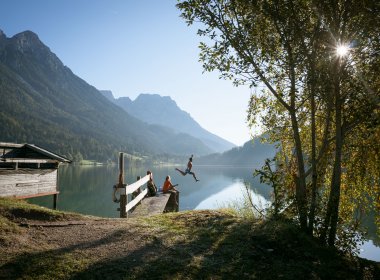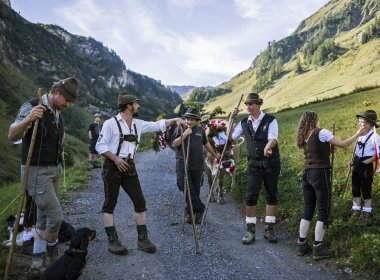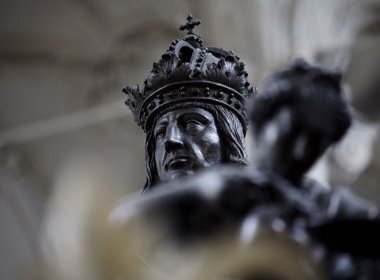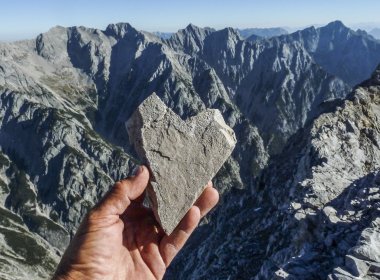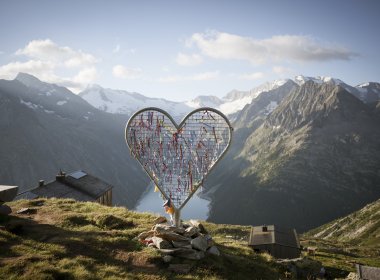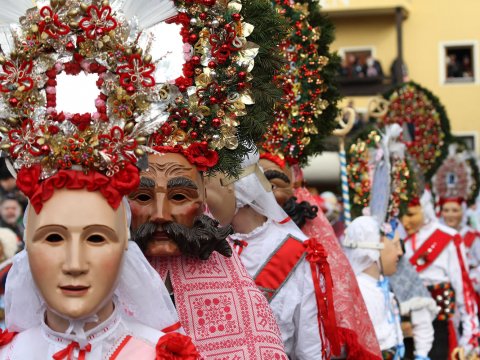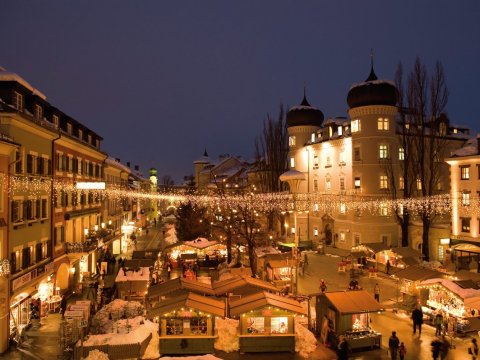Of Giants, Kings and Monsters: Tales from Tirol

Frau Hitt
The prominent rock needle that rises high above Innsbruck is the stony landmark of Tirol’s capital. In appearance it resembles a woman (German: Frau) on a horse, hence the name. According to legend, this iconic peak of Nordkette Range is a petrified giant queen, named Frau Hitt, who was known for her avarice and self-infatuation. There are various versions. One widespread story is that Frau Hitt offered a beggar woman only a stone to eat. The beggar woman was so incensed by this mockery that she cursed the giantess and her horse, which were then turned into stone as an eternal punishment.
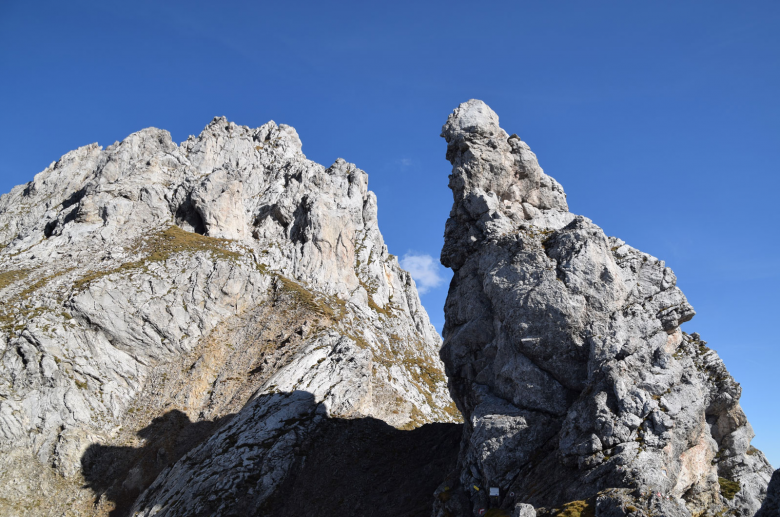
The Giant Serles
There once lived a wild man of enormous stature in the Stubai Valley, who was a dreaded king of the mountains. The giant, whose name was Serles, was of a most extraordinarily savage nature. His wife as bad as he was, and his secret counsellor still worse than both. The Giant Serles was passionately fond of hunting; when on the track of a flying stag, he cared so little about anything but his own pleasure that he would dash, accompanied by all his followers and hounds, through the flocks and herds pastured on the mountains, carrying death and ruin wheresoever he went. His dogs did not only tear to pieces poor stags, but also furiously attacked sheep herds. One day, a young shepherd, in his anger, shot one of the dogs dead upon the spot. At this, the infuriated giant set the whole pack of hounds upon the unhappy herdsman, laughing with savage delight as was torn limb from limb by the dogs. But in the midst of this terrible crime, Heaven’s wrath fell heavily upon them. A terrific thunderstorm burst over their heads. When it had passed away, no more was to be seen of King Serles, his wife, or his counsellor. In their stead rose three huge glaciers into the clouds on the spot on which their iniquity had taken place. The one in the middle is the wicked monster Serles, and to his right and left stand his cruel wife and inhuman counsellor. It is said that on stormy nights even now you can hear the howling of unearthly dogs.
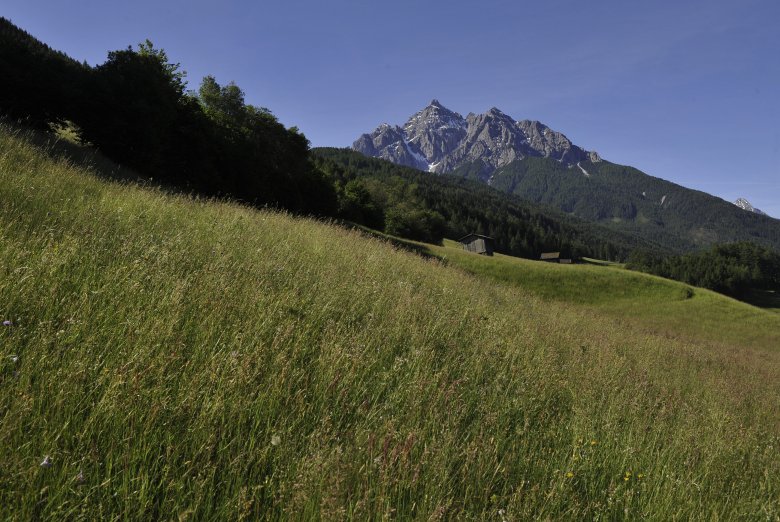
Lake Achensee
In local lore, the spot where the largest lake of Tirol now stands used to be a village inhabited by rich and wealthy people. The villagers all were very proud and had no sympathy for poor people. One day, a very old man went from door to door to ask for food and a place to stay, but he was scoffed at and chased away from the village. The old man walked towards Oberautal Valley. At the height of Fonsjoch Col he looked down on the village and cursed it. A heavy thunderstorm came on and enveloped all in a dreadful darkness, while the whole village sank in the floods of the newly created lake. The old man fell asleep. Since then, strange stories have hovered above the area. The old man is said to still be asleep at the same place. Each year in spring, he has a good stretch, which sometimes results in an avalanche. Those who were born on a Sunday and have a good heart are said to see the spire of the church of the sunken village on the bottom of the lake. (Source: www.sagen.at)
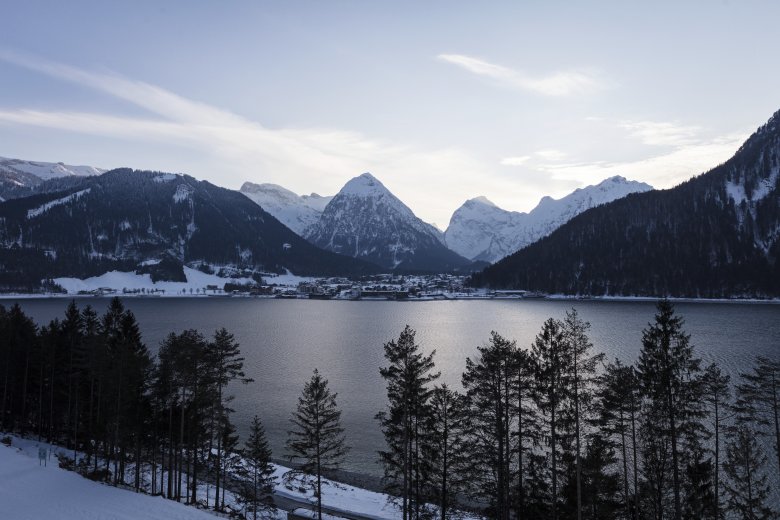
Kaiser Max
The Martinswand, a sheer rock face rising from the Inn Valley above the village of Zirl, was according to tradition the scene of a perilous hunting adventure by Emperor Maximilian I (who was familiarly and affectionately called “Kaiser Max” by his Tirolese subjects). There are many accounts of what happened, but one of the most credited says that the chamois which the Emperor had been stalking suddenly led him down the precipitous face of the Martinswand. Intrepid hunter as he was, however, the steepness of the terrible descent, which suddenly opened up beneath his feet, did not quench his ardour for the chase nor deter him. But unfortunately, in his haste in scrambling down the rocks, he suddenly found himself hung literally between earth and sky. To descend further was impossible, and upon glancing upward along the path he had come, the Emperor at once saw that retreat by the same way was equally hazardous. He discovered nearby a small cavity in the rock that afforded him protection. As is perhaps natural, some accounts place a supernatural aspect upon the Emperor’s deliverance, and state that it was an angel which guided him to safety; other accounts say it was a daring hunter, or a little boy, or a brigand, or an outlaw, to whom a secret path was known. Anyway, the Emperor was eventually saved from his perilous position. A crucifix was placed in the little cave which had afforded him shelter and foothold and became known as the Kaiser-Max-Grotto.
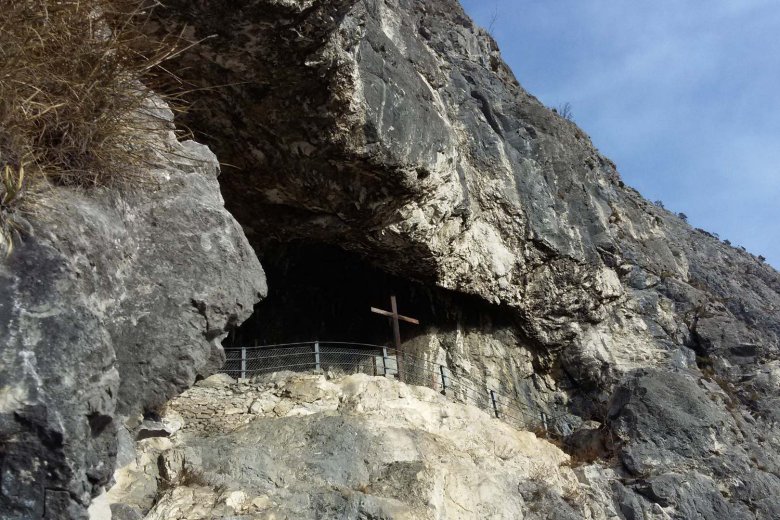
Berglsteinersee Lake
Close to beautiful Berglsteinersee Lake between Kramsach and Breitenbach used to stand in days gone by an old stronghold, called the Guckenbühl Castle. The daughter of the last Baron who resided there was passionately fond of a poor forester, and when the proud and cruel Baron came to hear of the secret rendezvous between his daughter and the huntsman, he ordered him, one pitch-dark night, to be chased out of the castle by the hounds, and, in the hurry of the flight, the poor fellow fell over a rock into Berglsteinersee Lake, and was drowned. After this act of cruelty, the poor girl wandered about abstracted and silent, and would neither enter into any amusement, nor take part in any ordinary pursuit of life. One day she went down to the lake, and, as she looked into its gloomy depths, she saw the dead body of her lover, and, in the frenzy of grief, she threw herself down into the water. When the wicked Baron arrived on the borders of the lake, neither the body of his poor daughter nor that of the forester were to be found. The two lovers had been changed into rocks, both of which rise out of the lake, like little islands.
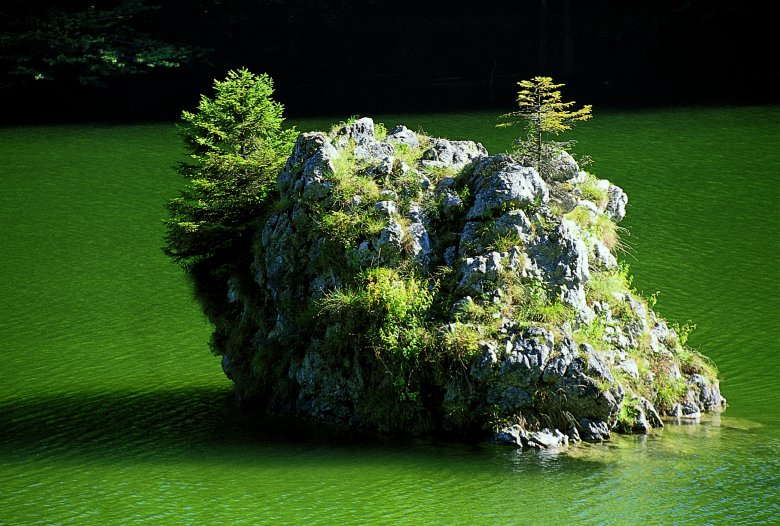
The Giant Haymon
An immigrant from the west, today’s Switzerland, the Giant Haymon lived in Inntal Valley. According to legend, an epic battle occurred one day between him and another local giant named Tyrsus, which Haymon killed. In remorse, he renounced worldly life and in atonement for the murder, he built a monastery near the battle site at the entrance to Sill Gorge. This was a terrible disappointment to the devil, who sent a huge dragon to stop the building of the monastery. But Haymon attacked the dragon, killed him and cut out his tongue. Haymon completed the construction of the Abbey and lived a pious life at Wilten. After his death, he was buried in the grounds of the monastery. On each side of the principal façade of the magnificent church of this ancient cloister are still to be seen the enormous stone statues of two giants who bear the names of Haymon and Tyrsus.
















